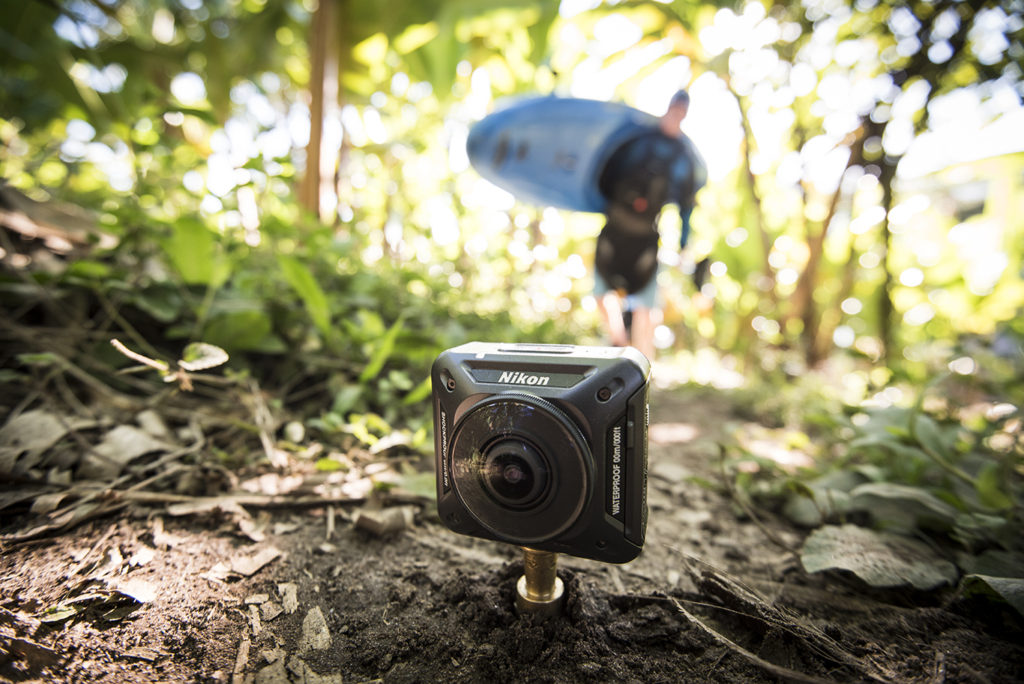
Hey Corey, I follow you on social media and see that you’re doing a lot of work in 360. Wondering if you had any tips for how to get started shooting in VR? Thanks! —Mark K.
Congrats on taking the deep dive into shooting in Virtual Reality (VR)! It’s an exciting time to be working with this emergent technology because it feels like we’re on the frontier. There are no rules, no laws, and the possibilities are wide open.
I’ve been working as a director on a number of different VR projects using a range of 360 cameras, from the Jaunt VR to the Nikon KeyMission 360. Indeed, it’s been a big learning experience for me, because there has been so much to wrap my head around, from planning the shoot, to mounting the cameras, to working in post-production, to experiencing the final product. In some ways, shooting in VR is an entirely different beast; in other ways, it draws heavily on traditional filmmaking techniques.
Off the top of my head, I’ve jotted down some ideas for you to consider as you begin to wrap your own head around the world of 360.
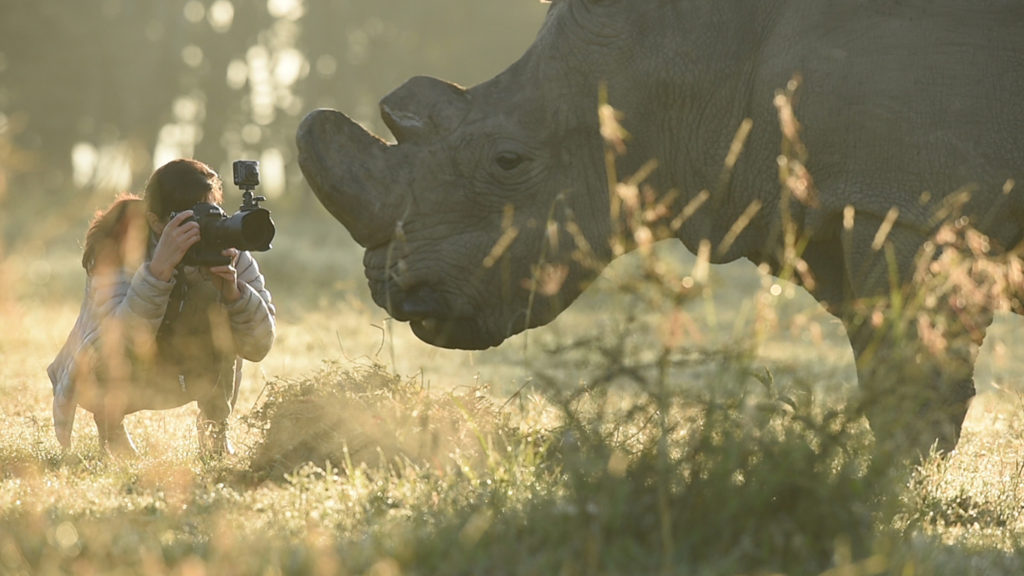
Are you in the shot—or not?
One of the most fundamental decisions you need to make when shooting in 360 is, are you in the shot—or not?
In traditional filmmaking and photography, we stand behind the camera, and witness the action unfold in front of us. What we see is what the viewer will see.
In 360, clearly this approach doesn’t work because the camera records everything. My decision is typically that I will NOT be a part of the shot. This decision has led to some interesting new experiences, where you are directing action from a hidden location, such as around a corner or while lying on my stomach, hidden by some bushes!
That said, there are some moments where being a part of the shot might make more sense. For example, I might be part of the shot in an interview scenario so that my subject isn’t sitting in a room, alone, talking to herself. The other scenario is behind-the-scenes (BTS) content, where the goal is to show the entire sausage-making process.
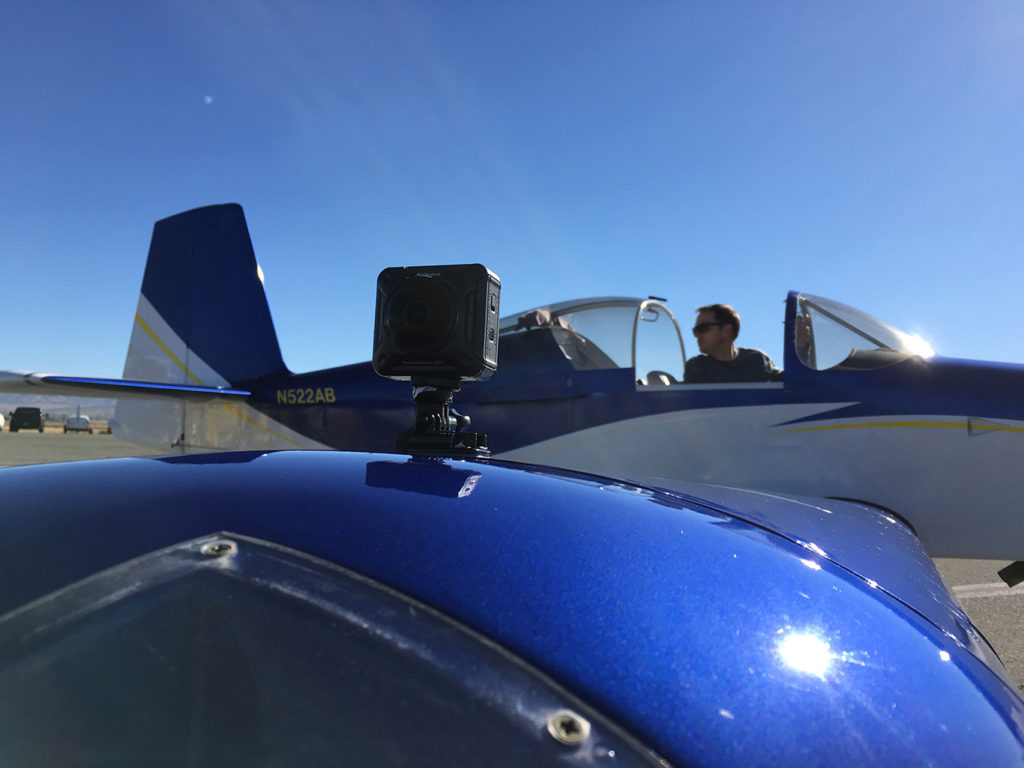
Will the audience see how the camera is mounted?
Will you let the audience see the camera mount, or not? With the Nikon KeyMission 360, there is a small (roughly 12- to 14-inch) cone of invisibility north and south of the camera in which you can hide a camera mount. However, if you mount the KeyMission 360 on a normal tripod, the tripod legs will be in the shot.
It’s worth experimenting with your camera to see what works and what doesn’t. If seeing a camera tripod doesn’t bother you from an aesthetic perspective, that might give you a lot more flexibility. Typically, however, I try to avoid showing the camera mount because I find it to be distracting to the VR experience.
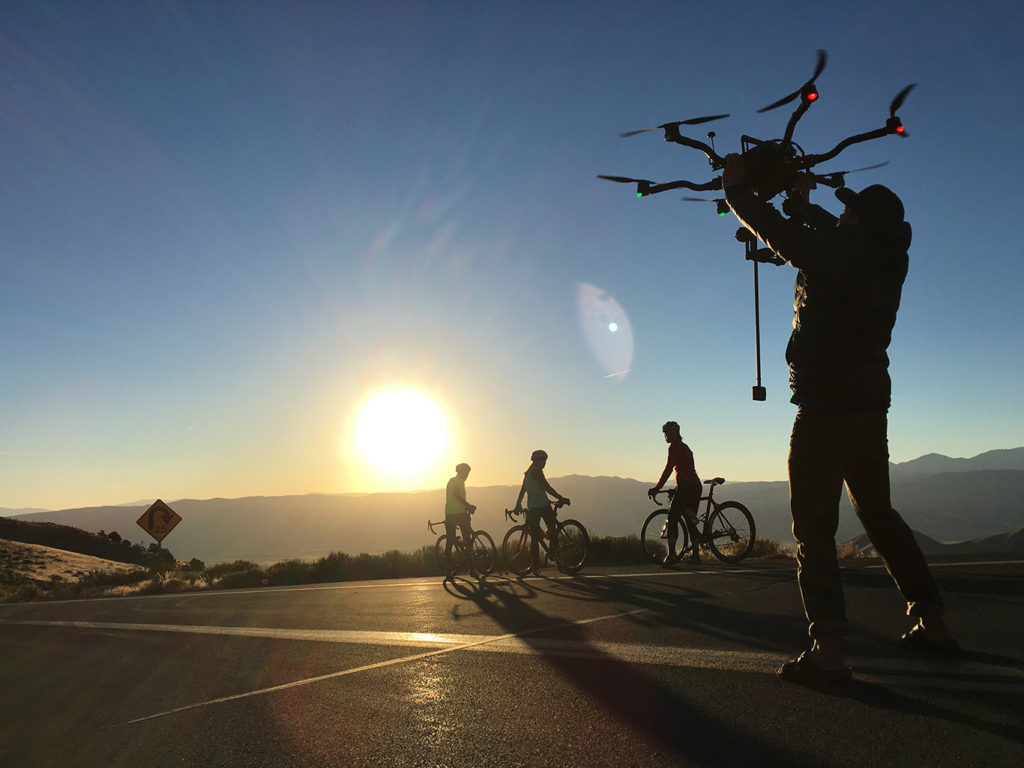
Is the camera moving or fixed?
In recent years, thanks to relatively affordable and badass technology from companies such as FreeFly and Kessler, we small-footprint-production filmmakers have been able to create cinematic, fluid camera movements that were formerly only available to directors with Hollywood-sized budgets.
When shooting VR, there is something to be said about the simple, locked-off shot. With a camera in a fixed position, the viewer is better able to enjoy the VR experience without becoming too nauseated.
That said, more experimentation is going to be required to see what works. Smooth, slow, fluid camera movements certainly have a place in 360 filmmaking. Like I mentioned earlier, we’re just at the frontier of understanding how to shoot using this technology, which is what makes it so exciting.
Also, as a technical point, if you’re using a Nikon KeyMission 360, understand that there are two lenses—a front lens and a rear lens. The front lens has the word “Nikon” above it and the rear lens has the word “Nikkor” above it. Typically, your audience will be mostly looking at what is in front of the front lens, so make sure this lens is pointed toward the most interesting or relevant action.
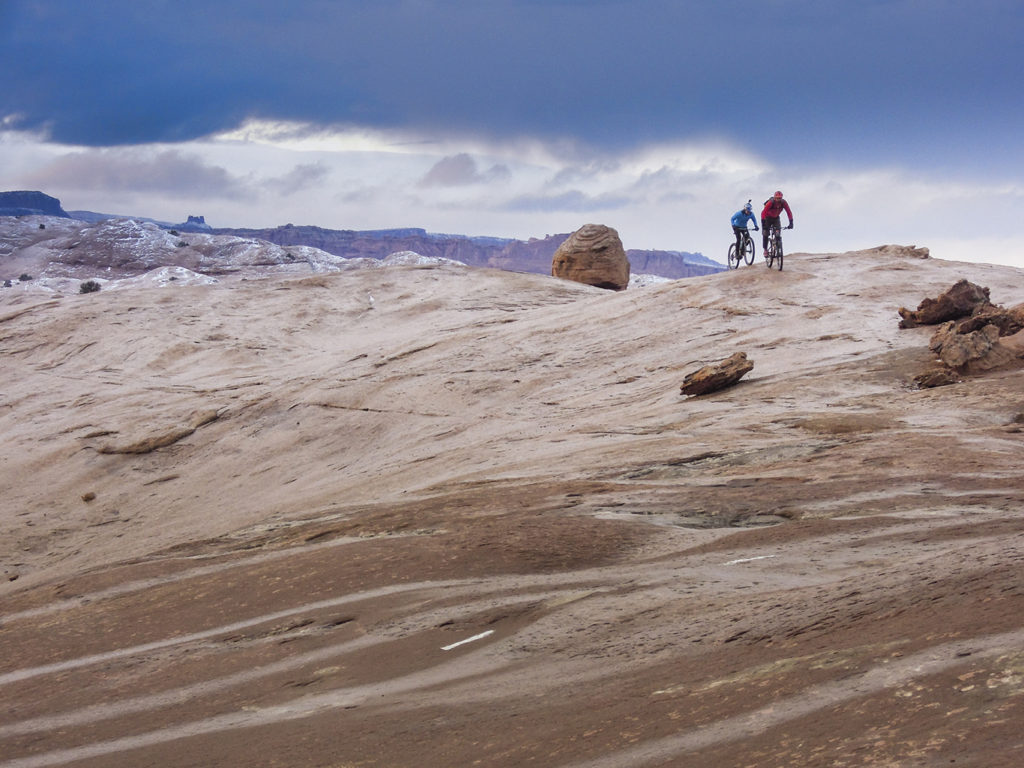
Think Long.
Giving viewers enough time to navigate around the 360 sphere is important. I find that 10 seconds is just about the minimum. The idea of doing quick cuts from one scenario to the next can be too jarring for viewers who want to immerse and orient themselves within each shot.
What does this mean as a filmmaker? In traditional video, anytime you press record you usually let the camera roll for 10 seconds before and after the action. In VR, you probably want to let the camera roll for 30 seconds minimum in order to get that usable 10-second clip.
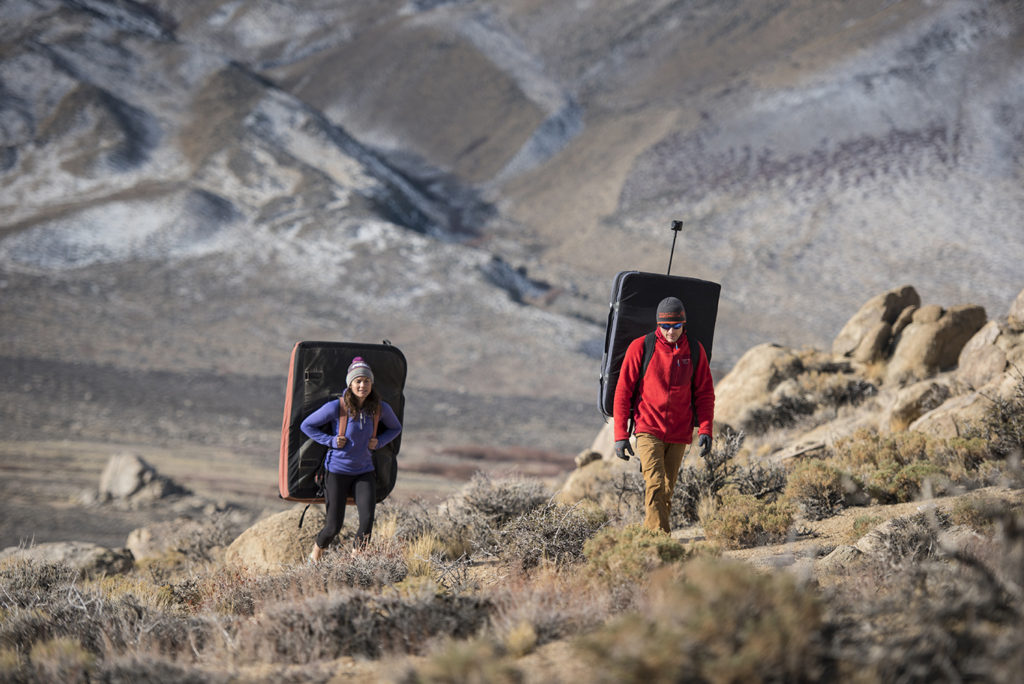
Designing the VR Experience
Kurosawa defines art in filmmaking as having never to avert one’s eyes—but this idea becomes a bit trickier when shooting VR.
In traditional filmmaking, you get to decide what your viewer sees. In 360, the viewer gets to decide where he looks and what he pays attention to.
Still, that doesn’t mean that your job as a VR director is simply to mount a camera in an interesting location and let the viewer do the rest. You’re still trying to tell a story, which means that you’re still constantly determining what details matter; what details or focal points you want your viewer to pay attention to.
In VR, there are a number of ways to do this. Sound and light are two techniques that can work as cues to direct the viewer’s attention and force him to look right, left, up or down. In this blog post, I don’t want to get too into the weeds on all the complicated post-production techniques that allow you to do this, but I think it’s worth mentioning that there are ways to design sound and work with light to direct your viewer to the point of action.
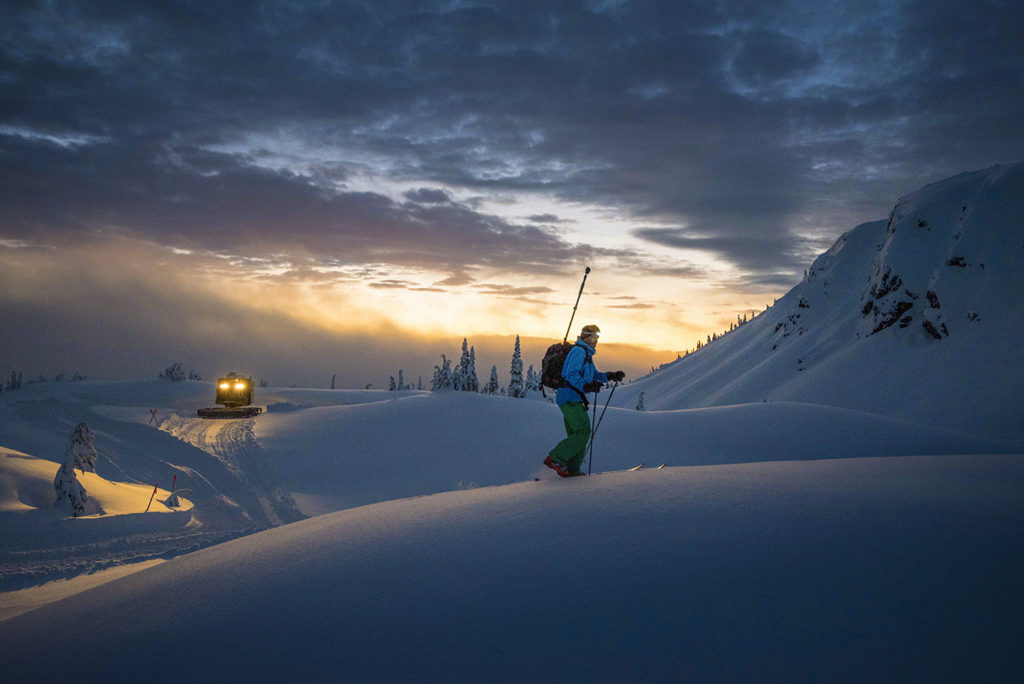
Study Your Viewers
One thing I’ve found really helpful is watching how viewers interact and experience VR. I think it’s worth going out and purchasing a VR headset and making your friends watch 360 videos you’ve created, or ones you’ve downloaded elsewhere.
Study how they look around, what pulls their attention, what “averts their eyes,” etc. I’ve found that most people look around a little, but rarely are they doing constant 180s. People naturally tend to pick one point to focus on at a time. Understanding how people view VR content, I think, is a valuable tool for VR directors / shooters.
It’s an exciting time to be a pioneer in this field. Good luck experimenting! It’ll be interesting to compare notes 5 years from now to see where VR has gone.
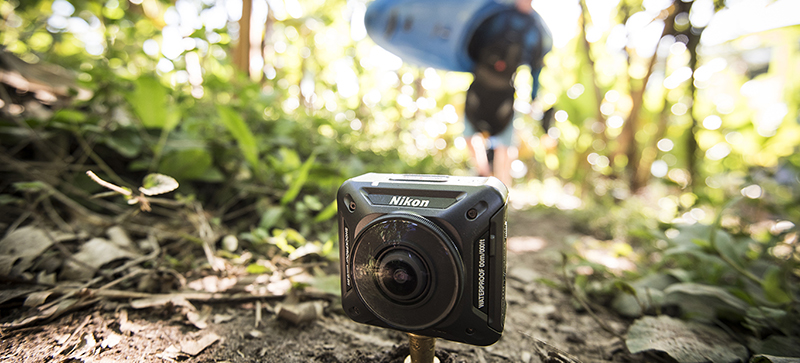
1 comment
VR is going to be huge in the coming years – time to get in on it now
Comments are closed.